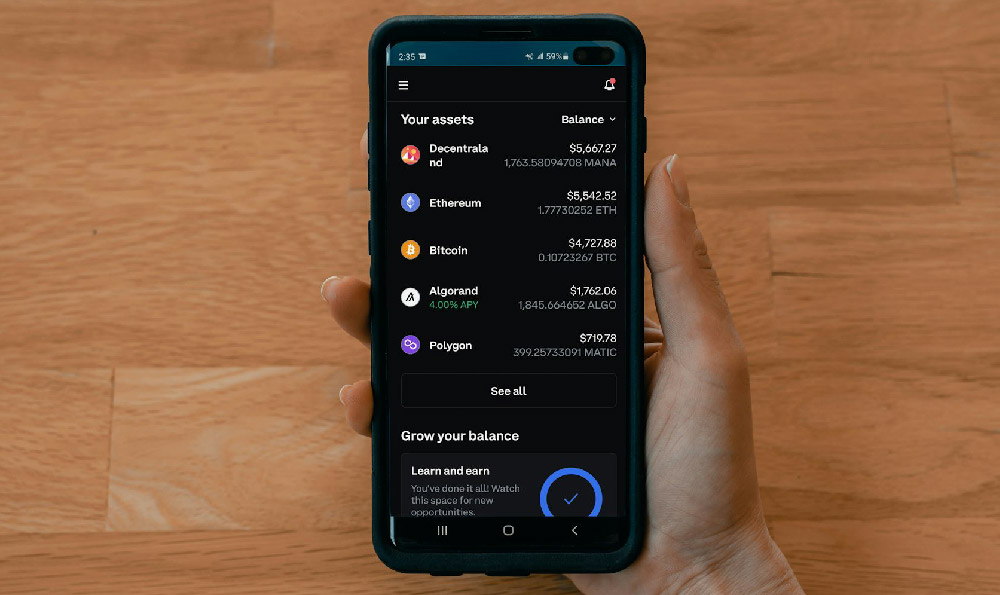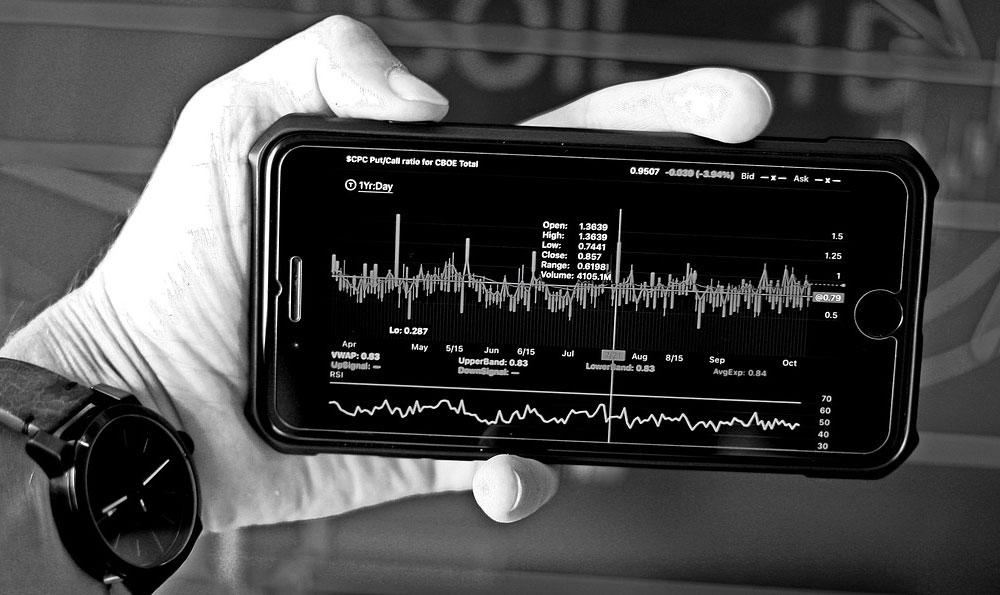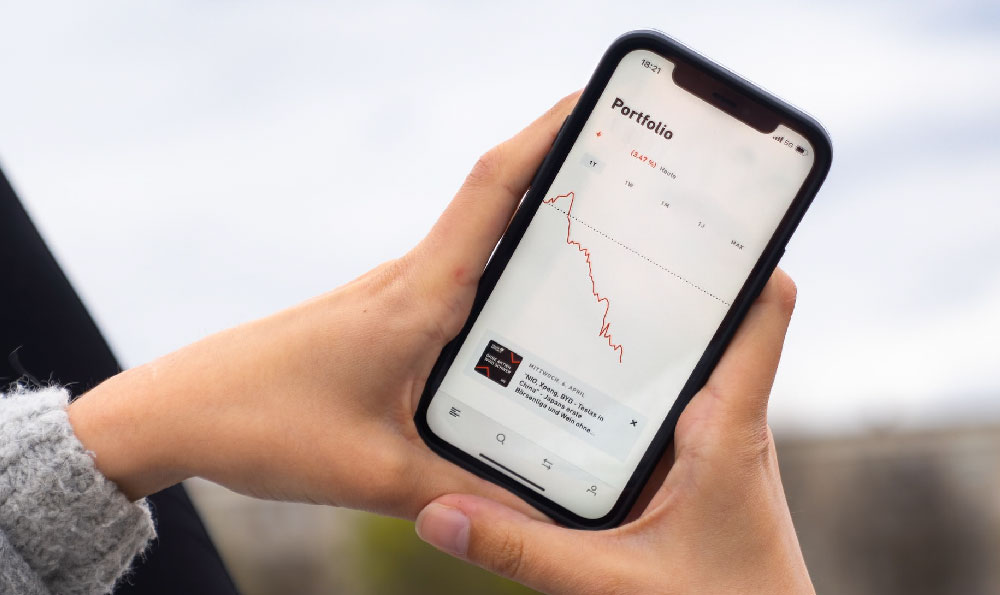The question of whether Uber Eats or DoorDash generates more income for drivers is not straightforward, as it hinges on a complex interplay of variables including geography, operational dynamics, and the evolving competitive landscape of the gig economy. Both platforms have carved out significant niches in the food delivery sector, but their revenue generation models and the practical earnings of their drivers reveal subtle yet critical differences. To dissect this, one must consider the structural elements that define each service, the economic factors influencing their profitability, and the real-world experiences of those who rely on them for income.
At their core, both Uber Eats and DoorDash operate as intermediaries connecting restaurants with consumers through a network of freelance delivery drivers. However, their approach to market expansion and customer acquisition varies, which in turn affects the volume and value of orders available to drivers. DoorDash's emphasis on local partnerships has allowed it to establish a strong presence in smaller cities and rural areas, while Uber Eats leverages its parent company's extensive brand recognition and data infrastructure to scale rapidly in densely populated urban centers. This geographical distinction is crucial, as the density of restaurants and consumer demand fluctuates significantly between regions. In cities with a high concentration of businesses, Uber Eats may offer more frequent delivery opportunities due to its broader restaurant network and integrated logistics system, while DoorDash's hyper-local strategy in less saturated markets could translate into higher margins per order or reduced competition for drivers.
The income structure for drivers on both platforms is influenced by a combination of base pay, performance-based incentives, and platform-specific fees. Typically, drivers earn a percentage of the order value, supplemented by a fixed fee per delivery, while the platform retains a significant portion as commission. Uber Eats has historically maintained a commission rate of approximately 15–30%, depending on the restaurant's subscription tier, whereas DoorDash's structure is more nuanced, with fees that fluctuate based on delivery distance, time, and the specific type of order. Additionally, both platforms offer dynamic pricing strategies to incentivize drivers during peak hours, but the effectiveness of these strategies can vary. For instance, in high-demand scenarios like holidays or weather disruptions, Uber Eats might implement surge pricing more aggressively, while DoorDash's compensation for late deliveries could provide a more stable earning floor.

Subsidy programs also play a pivotal role in shaping driver earnings, with both companies frequently offering promotional incentives to attract riders or bolster their delivery networks. Uber Eats has launched various initiatives, such as “Double Your Earnings” or “Dine with a Dash,” which temporarily boost pay rates, while DoorDash's “DashPass” subscription model grants drivers access to additional perks and discounts. These programs can create short-term income spikes, but their sustainability and the frequency of participation depend on the company's strategic priorities. Moreover, the broader economic context, such as inflation, fuel costs, and competitive pricing among delivery services, can further complicate the comparison.
One must also account for the financial health of the underlying companies, as their stability directly impacts the long-term viability of driver earnings. Uber Eats, as part of the Uber ecosystem, benefits from a substantial financial cushion, enabling it to invest in advanced technology, data analytics, and marketing strategies that enhance its ability to secure high-margin partnerships. DoorDash, on the other hand, has demonstrated a more aggressive growth trajectory, often employing strategies to increase market share through exclusive deals with restaurants and targeted outreach to consumers. This financial agility might allow DoorDash to adapt more swiftly to market changes, such as shifting consumer preferences or regulatory challenges, potentially preserving or even increasing driver earnings over time.
The profitability of each platform for drivers is further influenced by the quality and volume of customer interactions. Uber Eats has made strides in improving its customer experience through curated restaurant selections and real-time order tracking, which can lead to higher customer satisfaction and repeat orders. DoorDash, through its focus on convenience and speed, has cultivated a loyal user base, particularly in markets where it offers faster delivery windows or more flexible ordering options. While these factors may indirectly benefit drivers by increasing the overall demand for food delivery services, they do not directly dictate earnings.
Ultimately, the answer to which platform generates more income depends on the specific context in which a driver operates. In regions where Uber Eats has established dominance, such as major metropolitan areas, drivers may benefit from higher order volume and potentially better pay rates. Conversely, in markets with limited competition and a strong local presence, DoorDash could offer more favorable conditions. However, drivers who prioritize long-term stability and career development might find Uber Eats' global infrastructure and robust technology stack more advantageous, while those seeking immediate earnings or working in niche markets could thrive with DoorDash's localized strategies. The key to maximizing income lies not in choosing one platform over the other, but in understanding the unique dynamics of each and aligning them with personal goals, available time, and market demands.












